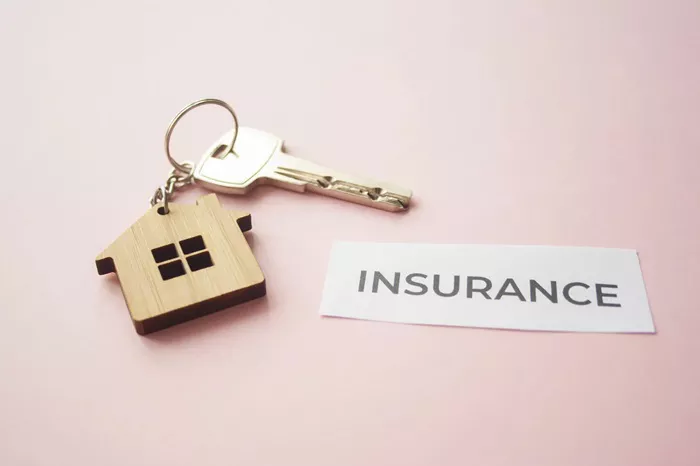Homeowners insurance is a crucial financial protection for homeowners, providing coverage for the structure of the home, personal belongings, liability, and additional living expenses in case of covered events like fire, theft, or natural disasters. It serves as a safety net, offering financial support and peace of mind in times of unexpected adversity.
Dwelling Coverage
Dwelling coverage is the cornerstone of homeowners insurance, providing protection for the physical structure of the home. It’s essential to ensure that the dwelling coverage accurately reflects the cost to rebuild the home in case of a total loss, rather than its market value. Factors to consider when calculating dwelling coverage include:
Construction Costs: Estimate the cost per square foot to rebuild the home, considering factors like materials, labor, and local construction costs.
Square Footage: Determine the total square footage of the home, including any attached structures like garages or porches.
Unique Features: Account for any unique features or upgrades that would affect the rebuilding cost, such as custom finishes or architectural details.
It’s crucial to periodically reassess dwelling coverage to account for changes in construction costs, home renovations, or appreciation in property value.
Other Structures Coverage
Many homeowners insurance policies also include coverage for other structures on the property, such as detached garages, sheds, or fences. This coverage is typically set at 10% of the dwelling coverage amount and provides protection for damage or destruction caused by covered perils.
see also: How Long Do Renters Insurance Claims Take
Personal Property Coverage
Personal property coverage protects the homeowner’s belongings, including furniture, clothing, electronics, and other possessions, against loss or damage. The amount of personal property coverage needed is usually set at 50% to 70% of the dwelling coverage amount. To determine the appropriate coverage level:
Home Inventory: Conduct a comprehensive home inventory to catalog all belongings and their estimated value. This inventory serves as documentation for insurance claims and helps ensure adequate coverage.
Valuable Items: Consider additional coverage or endorsements for high-value items like jewelry, artwork, or collectibles, as standard policies may have coverage limits for these items.
Regularly updating the home inventory and reviewing personal property coverage ensures that coverage levels remain adequate as possessions change over time.
Liability Insurance
Liability insurance is essential for homeowners, providing protection against legal actions for injury or property damage caused by negligence. It covers legal expenses, medical bills, and damages awarded in lawsuits. Homeowners should consider:
Coverage Limits: Choose liability coverage limits that reflect the homeowner’s assets and potential exposure to liability risks. Higher limits offer greater financial protection but may come with higher premiums.
Umbrella Policy: Consider purchasing an umbrella policy for additional liability coverage beyond the limits of the homeowners policy. Umbrella policies provide extended liability protection and are relatively inexpensive for the coverage they offer.
Additional Living Expenses
Additional living expenses (ALE) coverage helps homeowners cover living expenses if the home becomes uninhabitable after a covered event like a fire or natural disaster. It reimburses expenses such as temporary housing, food, and transportation while the home is being repaired or rebuilt. ALE coverage is typically set at a percentage of the dwelling coverage amount and can vary by policy.
Special Coverage
Homeowners may need special coverage or endorsements for events not covered by standard policies, such as floods, earthquakes, or hurricanes. These additional coverages protect against specific risks that are common in certain geographic areas but may not be included in basic policies. It’s essential to assess the risk of these events and purchase appropriate coverage to fill potential gaps in protection.
see also: All You Need To Know About Replacement Cost Home Insurance
The 80/20 Rule
Insurers often use the 80/20 rule, which requires homeowners to insure a minimum of 80% of the home’s replacement value to avoid penalties in the event of a partial loss. If the home is underinsured, the insurer may apply a co-insurance penalty, reducing the amount of the claim payout. To comply with the 80/20 rule:
Regular Valuations: Conduct periodic valuations of the home to ensure that coverage levels meet or exceed the replacement cost.
Adjust Coverage: Adjust coverage amounts as needed to maintain compliance with the 80/20 rule, especially after home renovations or changes in property value.
Regular Policy Review
Homeowners should regularly review and update their insurance policy to reflect changes in the home’s value, personal possessions, and lifestyle. Factors to consider when reviewing the policy include:
Home Improvements: Assess any home renovations or upgrades that may affect the replacement cost of the home.
Personal Belongings: Update the home inventory to account for new purchases or changes in possessions.
Life Changes: Consider changes in family size, occupation, or lifestyle that may impact insurance needs.
Regular policy reviews ensure that homeowners have adequate coverage to protect their home and belongings against unforeseen events.
Professional Advice
Consulting with an insurance agent or financial advisor can provide valuable guidance in tailoring homeowners insurance coverage to meet specific needs and risks. An experienced professional can assess individual circumstances, recommend appropriate coverage levels, and help homeowners navigate the complexities of insurance policies. They can also shop around for competitive rates and identify discounts or savings opportunities.
Conclusion
Determining the right amount of homeowners insurance requires careful consideration of various factors, including dwelling coverage, personal property coverage, liability insurance, and additional living expenses. By understanding insurance needs, regularly reviewing policies, and seeking professional advice, homeowners can ensure they have adequate protection to safeguard their most valuable asset—their home.
[inline_related_posts title=”You Might Be Interested In” title_align=”left” style=”list” number=”6″ align=”none” ids=”2320,2226,2222″ by=”categories” orderby=”rand” order=”DESC” hide_thumb=”no” thumb_right=”no” views=”no” date=”yes” grid_columns=”2″ post_type=”” tax=””]




















